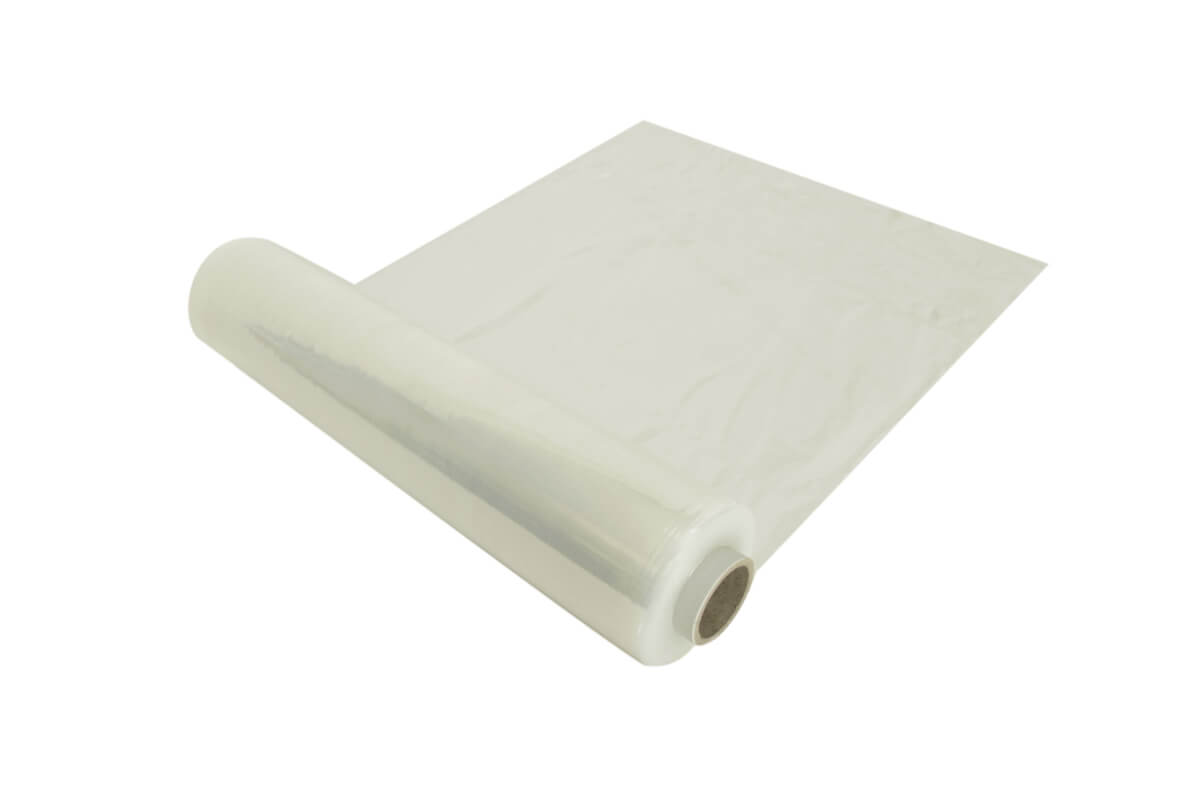Securing your load is a top priority when shipping and transporting goods. The last thing anyone wants is for their valuable products to shift or get damaged during transit. This is where pallet wrap and strapping come into play as two of the most effective solutions for load containment. But what exactly are they, and why are they so essential? Let’s dive into pallet wrap and strapping to discover how they keep our goods safe and secure.
What is Load Containment?
Load containment is the process of securing goods during transportation to prevent them from moving, shifting, or falling apart. Whether you're shipping products across the country or just across town, proper load containment ensures that your goods arrive safely and undamaged. It’s like packing your luggage for a trip: you wouldn’t leave items loose in your suitcase, right? The same applies to shipping goods on pallets.
The Importance of Proper Load Security
Imagine driving down the highway and suddenly, the load in the back of your truck starts to shift. Not only could this damage your goods, but it could also create a safety hazard. Proper load security isn’t just about protecting your products; it’s also about ensuring the safety of everyone on the road. By using tools like pallet wrap and strapping, you can make sure that everything stays exactly where it should.
What is Pallet Wrap?
Pallet wrap, also known as stretch wrap, is a plastic film that is stretched around products on a pallet to hold them together. The wrap adheres to itself, creating a tight bond that secures the load and prevents it from shifting. It’s commonly used in warehouses and shipping environments where multiple items need to be transported together.
Types of Pallet Wrap
There are several types of pallet wrap, each designed for different purposes:
- Hand Stretch Wrap: Applied manually, often used for smaller loads.
- Machine Stretch Wrap: Applied using a machine for larger loads and faster wrapping.
- Pre-Stretched Wrap: Pre-stretched during manufacturing, making it easier to apply and requiring less force.
- Coloured Wrap: Used for identification or branding purposes.
Each type has its own advantages, and the right choice depends on your specific needs.
How to Choose the Right Pallet Wrap
When selecting pallet wrap, consider the size and weight of your load. Heavier loads may require a thicker wrap, while lighter loads might do well with a standard wrap. Additionally, consider the conditions your load will be exposed to—will it be stored outdoors or in a warehouse? UV-protected or weather-resistant wraps might be necessary for outdoor storage.
What is Strapping?
Strapping is another load containment tool, typically used for securing heavy or bulky items. It involves wrapping a strong, durable material around the load and fastening it to hold everything in place. Strapping can be made from various materials, each offering different levels of strength and flexibility.
Different Types of Strapping Materials
Here are some common strapping materials:
- Steel Strapping: Ideal for securing extremely heavy loads, steel strapping offers the highest level of strength.
- Polyester Strapping (PET): A popular alternative to steel, it’s lightweight but still strong.
- Polypropylene Strapping (PP): More flexible and affordable than polyester, often used for lighter loads.
- Nylon Strapping: Offers excellent tension retention but is more expensive.
Each material has its own strengths, so the choice depends on the load you’re securing.
Choosing the Right Strapping for Your Needs
The right strapping material depends on several factors, including the weight of the load, the environment, and the duration of transport. For example, if you're transporting heavy steel beams, steel strapping might be your best bet. But for lighter, more delicate items, polypropylene strapping would be more appropriate.
Combining Pallet Wrap and Strapping
For added security, many businesses combine pallet wrap and strapping. Pallet wrap holds items together, while strapping adds an extra layer of containment by preventing movement and providing structural support. This combination ensures maximum security for loads that are particularly heavy or prone to shifting.
The Cost Efficiency of Pallet Wrap and Strapping
While both pallet wrap and strapping represent an upfront cost, they can save money in the long run by preventing product damage and reducing the risk of accidents. Additionally, they help optimize space in transport vehicles by securing loads more tightly, which can lower shipping costs.
Safety Considerations for Load Containment
Using pallet wrap and strapping can also improve safety in the workplace. Workers are less likely to be injured when loads are securely contained, and there’s a lower risk of accidents during transit. Always ensure that the materials are applied correctly and that they meet the necessary load containment standards.
Environmental Impact of Pallet Wrap and Strapping
It’s essential to consider the environmental impact of the materials used for load containment. Many companies are moving towards eco-friendly options like biodegradable or recyclable wraps and strapping. Reducing plastic waste and choosing sustainable materials can make a big difference in minimizing the environmental footprint of shipping operations.
Conclusion: The Best Choice for Your Business
In the end, the choice between pallet wrap and strapping—or a combination of both—depends on the nature of your load and your specific needs. Both options provide excellent security for transporting goods, and when used correctly, they can save time, money, and effort. By understanding the strengths and applications of each, you can make the best decision for your business.





Comments